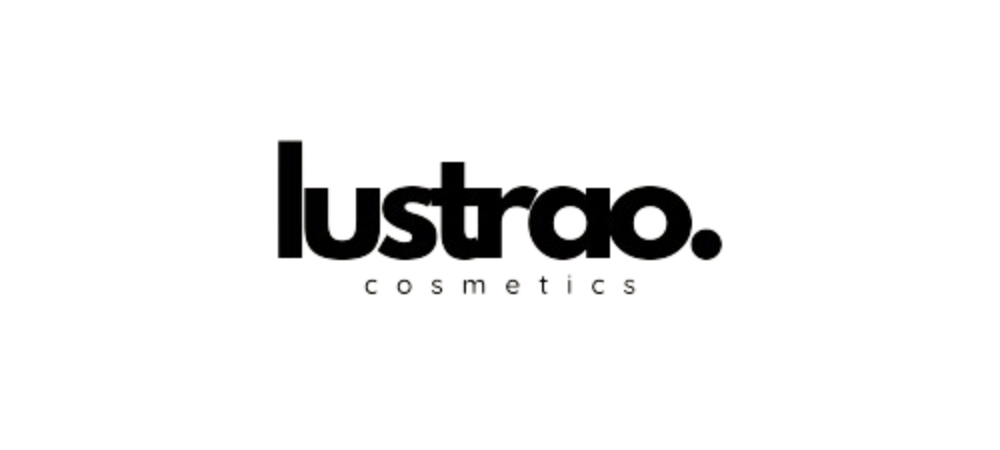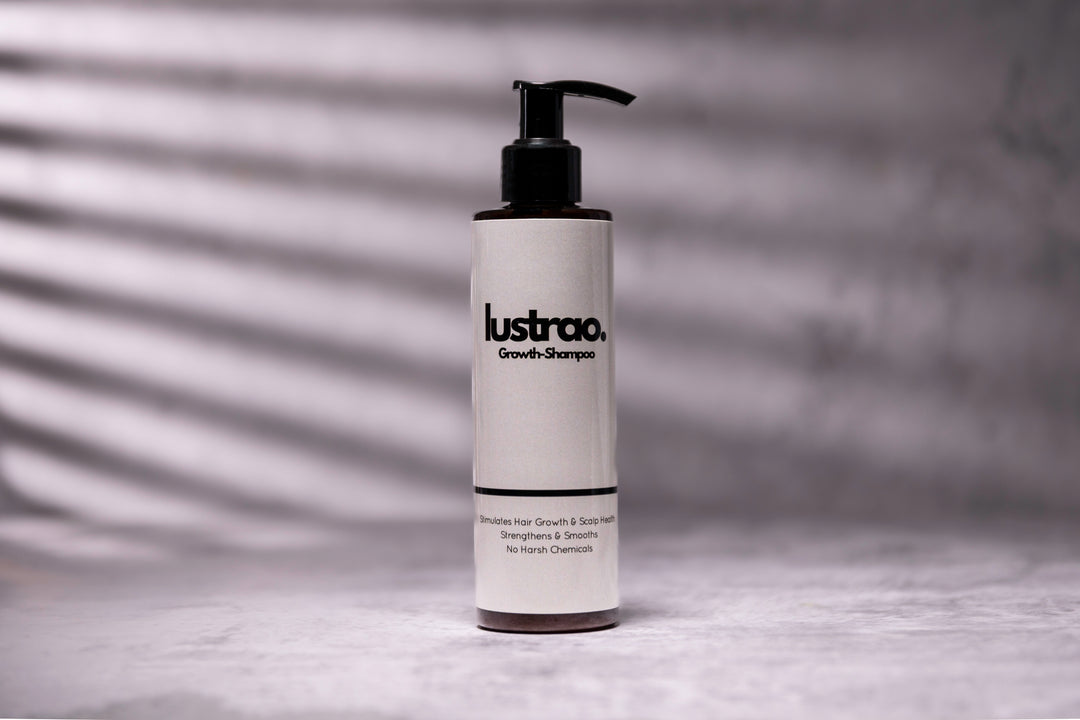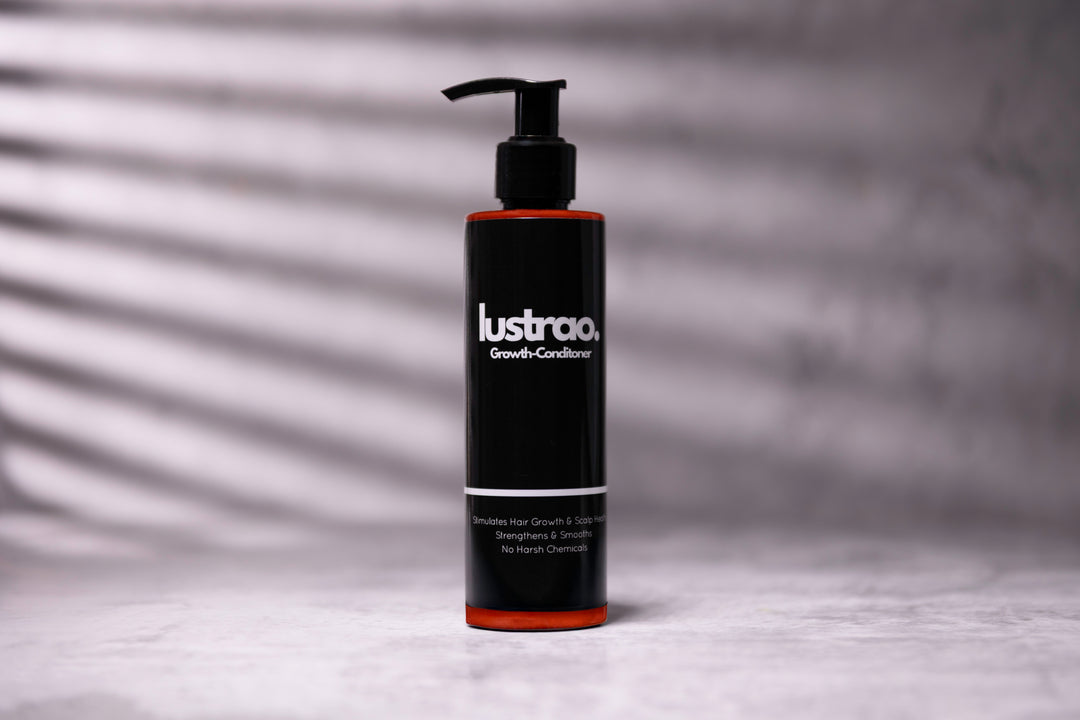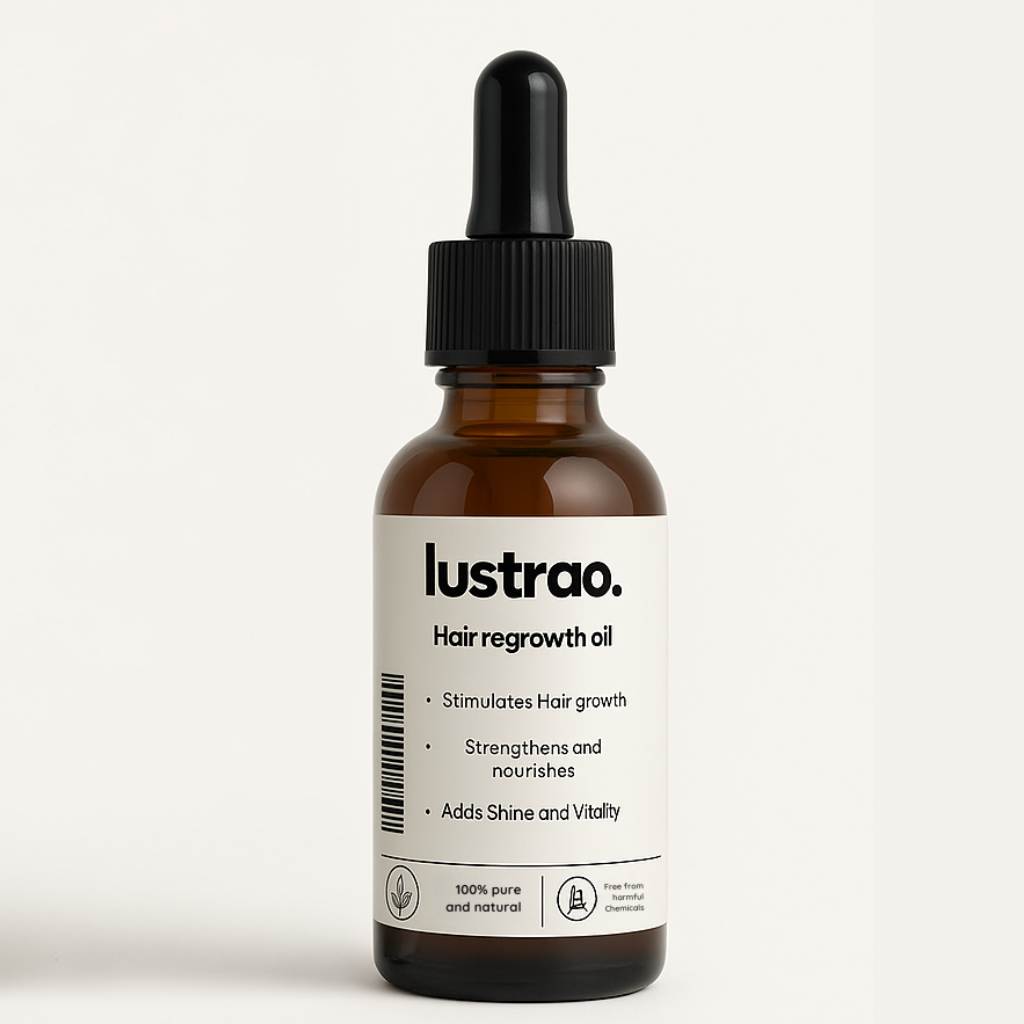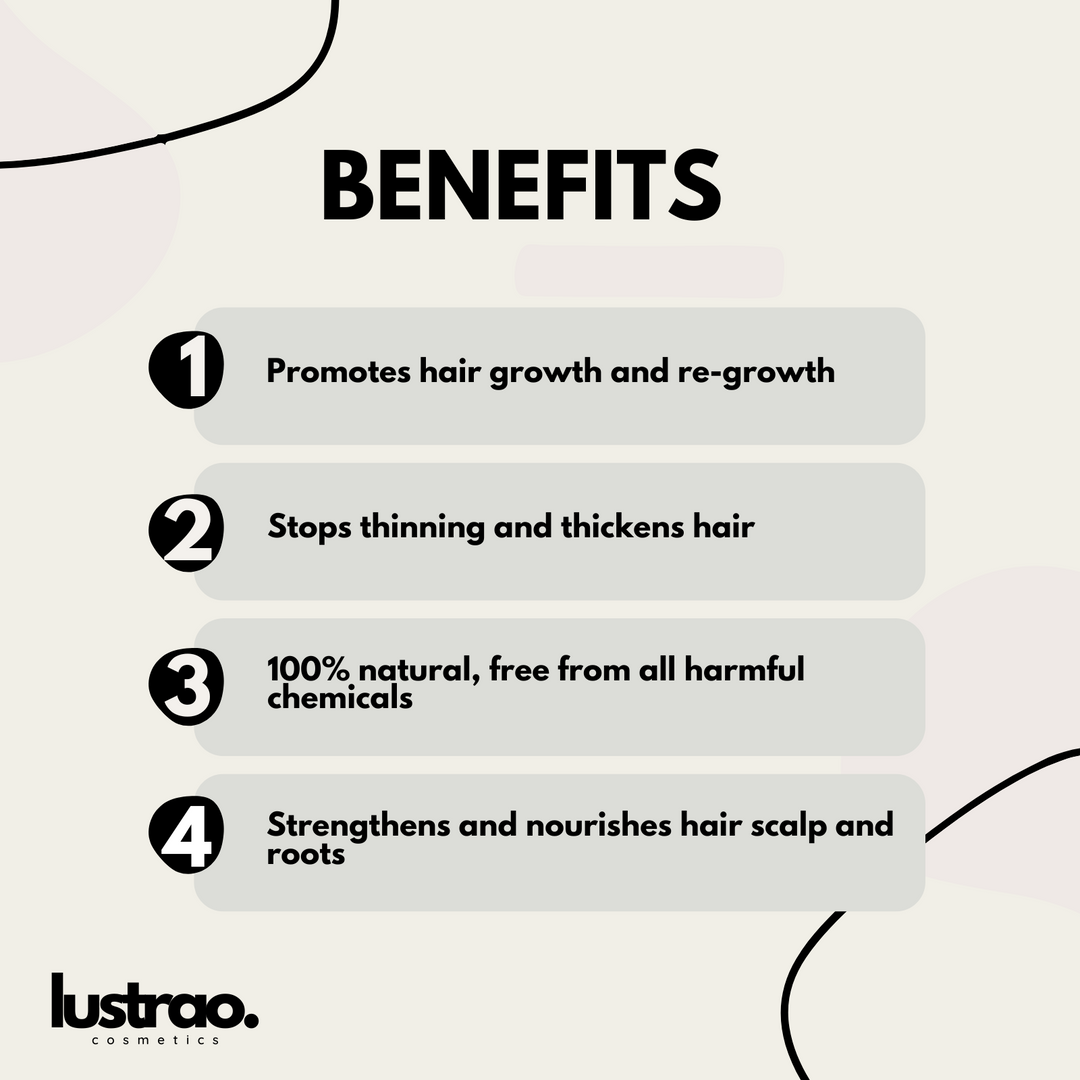
Everything You Need to Know About Postpartum Hair Loss
Pregnancy is a time of profound change, both physically and emotionally. Amid the excitement of welcoming a new life, many women experience changes in their bodies, some of which are celebrated, like glowing skin and fuller hair. But after childbirth, a less welcome change often occurs: postpartum hair loss. This phenomenon, though common, can be distressing. Understanding why it happens, how long it lasts, and what can be done to manage it is essential for new mothers navigating this phase.
What is Postpartum Hair Loss?
Postpartum hair loss, also known as telogen effluvium, is the sudden shedding of hair that typically occurs a few months after giving birth. This condition is a temporary, hormone-induced event where a higher-than-usual number of hair follicles enter the telogen (resting) phase of the hair growth cycle. Normally, only about 10-15% of your hair is in this phase, but after childbirth, this percentage can increase significantly, leading to noticeable hair shedding.Dr. Jessica Shepherd, an OB-GYN and women’s health expert, explains, “During pregnancy, the surge in estrogen levels keeps your hair in the growing phase longer, which is why many women notice thicker, fuller hair. However, after childbirth, when hormone levels drop, those hairs that were in the growing phase are suddenly pushed into the shedding phase, resulting in what appears to be a dramatic loss of hair.”
The Science Behind Postpartum Hair Loss
To fully understand postpartum hair loss, it’s important to grasp the basics of the hair growth cycle, which comprises three main phases:- 1. Anagen (Growth) Phase: This is the active phase where hair follicles produce new hair. This phase lasts between 2 to 6 years, and during pregnancy, it’s prolonged due to high estrogen levels.
- 2. Catagen (Transition) Phase: A short transitional phase that lasts about 2 weeks, where hair growth slows down and the hair follicle shrinks.
- 3. Telogen (Resting) Phase: This phase lasts about 3 months, after which the hair falls out and the follicle re-enters the anagen phase to produce new hair.
A study published in the *Journal of the American Academy of Dermatology* highlighted that the postpartum shedding phase typically peaks around 3 to 4 months after delivery and then gradually declines as the hair follicles return to their normal growth cycle. For most women, this process resolves on its own within 6 to 12 months.
How Long Does Postpartum Hair Loss Last?
The duration of postpartum hair loss can vary depending on individual factors such as genetics, hormonal balance, and overall health. However, most women find that hair shedding peaks around the 4th month postpartum and gradually slows down by the time their baby is around 9 to 12 months old.Dr. Angela Lamb, a board-certified dermatologist, notes, “If postpartum hair loss continues beyond a year or if you’re noticing significant thinning, it’s important to consult a healthcare professional. While postpartum hair loss is usually temporary, prolonged or severe shedding could indicate other underlying issues, such as thyroid imbalances or nutritional deficiencies.”
Managing Postpartum Hair Loss
While postpartum hair loss is a natural process, there are several strategies you can employ to manage it and support healthy hair regrowth.
1. Maintain a Nutrient-Rich Diet:
A balanced diet is crucial for overall health and particularly for hair health during the postpartum period. Nutrients like iron, zinc, vitamin D, and biotin are vital for hair growth. Iron, found in foods like lean meats, beans, and spinach, is particularly important as postpartum anemia can exacerbate hair loss. Biotin, a B-vitamin found in eggs, nuts, and whole grains, supports the production of keratin, the protein that makes up hair.
A study published in the *Journal of Clinical and Aesthetic Dermatology* emphasized the role of diet in managing telogen effluvium, suggesting that addressing nutritional deficiencies can significantly improve hair density and health.
2. Gentle Hair Care Practices:
During the postpartum period, your hair is more vulnerable to breakage and damage. To minimize hair loss, adopt gentle hair care practices. Use a wide-toothed comb to detangle wet hair, avoid tight hairstyles like ponytails that can strain the hair, and minimize the use of heat styling tools. Additionally, opt for shampoos and conditioners that are free from sulfates and parabens, which can strip your hair of natural oils and further weaken it.
Dr. Shepherd advises, “Being gentle with your hair during this time is crucial. The follicles are already in a fragile state, so reducing physical stress on your hair can help prevent excessive breakage.”
3. Consider Natural Hair Growth Products:
Incorporating natural remedies into your hair care routine can help support hair regrowth during the postpartum phase. Lustrao Hair Regrowth Oil is a natural option that contains rosemary oil, known for its potential to block DHT (dihydrotestosterone), a hormone linked to hair thinning. Rosemary oil has been shown in studies to improve circulation to the scalp, which can promote healthier hair growth. Lustrao’s blend of essential oils and botanical extracts provides a nourishing environment for your scalp, supporting hair health without the harsh chemicals found in many commercial hair products.
4. Manage Stress:
The postpartum period can be a stressful time, which can further exacerbate hair loss. Stress is known to affect the hair growth cycle, potentially pushing more hairs into the telogen phase. Finding ways to manage stress is essential for both your mental well-being and your hair health. Techniques such as mindfulness meditation, yoga, and even taking short breaks for self-care can make a significant difference.
According to the *American Psychological Association*, reducing stress can have a positive impact on the hair growth cycle, as stress-induced hair loss is often reversible when the stressor is removed.
The Role of DHT in Hair Loss
While postpartum hair loss is primarily triggered by hormonal changes related to pregnancy and childbirth, DHT (dihydrotestosterone) can also play a role in hair thinning for some women. DHT is a byproduct of testosterone and is linked to androgenetic alopecia, a hereditary form of hair loss that affects both men and women. After childbirth, the shift in hormone levels can make hair follicles more susceptible to DHT, which can exacerbate hair shedding in women predisposed to this condition.
For a deeper understanding of DHT and its impact on hair loss, you can read our in-depth article on Understanding DHT: The Hormone Behind Hair Loss.
When to Seek Professional Help
While postpartum hair loss is usually a self-limiting condition that resolves within a year, there are circumstances where seeking professional help is advisable. If you notice that your hair loss is severe, persists beyond a year, or is accompanied by other symptoms such as fatigue, weight gain, or mood changes, it’s important to consult a dermatologist or healthcare provider. These could be signs of other conditions, such as thyroid dysfunction or anemia, which require medical attention.
Dr. Lamb emphasizes, “Postpartum hair loss is normal, but it’s also important to listen to your body. If something doesn’t feel right or if you’re concerned about the extent of your hair loss, don’t hesitate to reach out to a healthcare professional.”
Conclusion
Postpartum hair loss is a natural, temporary process that affects many new mothers. Understanding the underlying hormonal shifts and how they impact your hair can help demystify this experience and alleviate some of the anxiety that comes with it. By maintaining a nutrient-rich diet, practicing gentle hair care, managing stress, and considering natural hair growth products like Lustrao Hair Regrowth Oil, you can support your hair’s return to its pre-pregnancy state. If your hair loss persists or is severe, seeking professional advice is the best course of action.
FAQ Section
1. Is postpartum hair loss permanent?
No, postpartum hair loss is not permanent. It is a temporary condition that typically resolves within 6 to 12 months after giving birth.
2. Can I prevent postpartum hair loss?
Postpartum hair loss is largely due to hormonal changes and cannot be entirely prevented. However, maintaining a healthy lifestyle, managing stress, and using gentle hair care practices can help minimize its impact.
3. How soon after giving birth does postpartum hair loss start?
Postpartum hair loss usually begins around three to four months after childbirth, as hormone levels return to their pre-pregnancy levels.
4. Are there any treatments for postpartum hair loss?
While there is no specific treatment to prevent postpartum hair loss, using natural products like Lustrao Hair Regrowth Oil can support healthy hair regrowth by nourishing the scalp and blocking DHT.
5. Should I be worried if my hair doesn’t return to its normal state after a year?
If your hair doesn’t seem to be improving after a year or if you notice significant thinning, it’s advisable to consult a dermatologist to rule out other causes of hair loss, such as thyroid disorders or anemia.
Share

